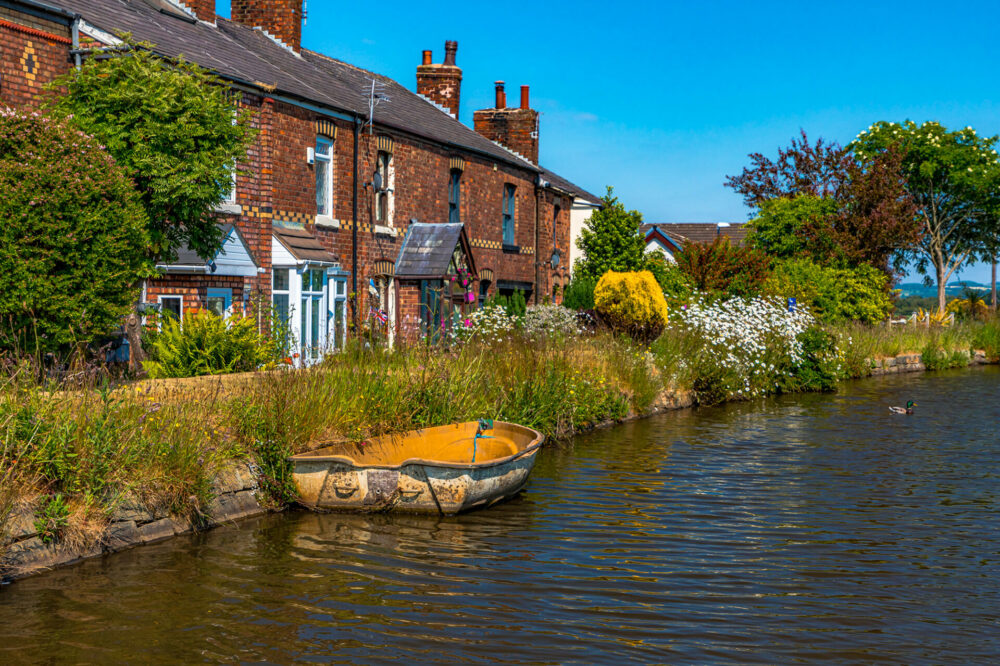It’s easy to take our local canal for granted if you are a frequent walker or a cyclist. We have some beautiful countryside alongside the canal including the 7 mile Rufford Branch which boaters can use to access The Ribble Linkand onto the Lancaster Canal and 42 miles of lock free cruising.
This post looks at the challenges faced by the planners and engineers as long ago as 1765 when the original proposal was made for a canal from Preston to Leeds. The eventual route was finally fully open from Leeds to Liverpool in 1816 and is the second (to The Grand Union Canal) longest single waterway in the UK. The concept was a waterway from coast to coast thus allowing routes to Europe and America to be accessed via the busy ports of Hull and Liverpool.
The canal was dug entirely by hand but even before a pick or a shovel was wielded there were serious disagreements regarding the route with some commentators observing that the row between the Yorkshire and Lancashirecontingents was a ‘re-run of the War of the Roses’. `
Eventually a compromise was reached and this included the canal travelling through Blackburn and Bolton so as to service the flourishing textile industries and their need for coal as a fuel and the barges to transport raw materials and finished goods.
Just surveying the route was a challenge and saw some serious errors in calculating terrain levels for example. This created serious tension between the two groups and required additional surveying in the Burnley area. Building the canal saw a succession of engineers appointed with the original senior engineer, John Longbotham, being scapegoated for the delays and funding shortfalls before dying as a penniless recluse.
The original route actually avoided the Pennines but was dismissed as too expensive and time consuming to excavate. The engineers had to design and build elaborate sets of locks in order to cope with the high terrain with other notable achievements including The Foulridge tunnel which suffered several collapses before opening in 1769. That’s over 70 years before The Suez Canal (120 miles) was opened. The excavation and building work was both onerous and dangerous – very little in HASAW existed in those days.
When you sail with Lancashire Canal Cruises our experienced skippers will point out some of the heritage sights, architectural curiosities and key dates. We will even answer what is probably the most commonly asked question from our guests – “how deep is it?” The answer is approximately 5’ but it was built in a saucer profile so it is shallower at the sides. Come and join us sometime.


